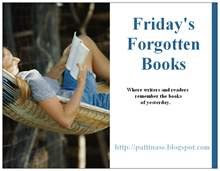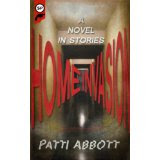01/27/2015 7:00 pm
Join Sternbergh for a discussion of the role and relevance of the anti-hero in fiction and TV—with Emily Nussbaum (New Yorker TV critic), A.O. Scott (NYT film critic), and author Megan Abbott (The Fever).
ALSO THIS FROM OUR FRIEND, RON SCHEER
Now available: How the West Was Written, Vol. 2 (1907-1915)
How the West Was Written continues the chronology of western writers that began in the first volume with Mary Hallock Foote's The Led-Horse Claim (1883). Here is a short description of the new volume from its introduction:
During the years
1907–1915, frontier fiction boomed with new writers, and the success of Owen
Wister’s The Virginian (1902) began to make itself felt in their work. That
novel had made the bestseller lists for two years running. With the continued
popularity of Buffalo Bill Cody’s Wild West show, and the appearance of one-reeler
westerns on movie screens, many featuring the adventures of Bronco Billy
Anderson, the cowboy hero was becoming an established mythic figure in the
public imagination.
New writers capitalizing on this interest begin to emerge in numbers and include Zane
Grey, Dane Coolidge, Charles Alden Seltzer, William MacLeod Raine, and
Eugene Manlove Rhodes. Fans of cowboy westerns will find this book's discussion of these storytellers of particular interest.
Meanwhile, for writers of
popular fiction, the frontier was also a subject for exploring ideas drawn from
current public discourse—ideas about character and villainy, women’s rights,
romance and marriage, democracy and government, capitalism, race and social boundaries,
and the West itself. With each new publication, they participated as well in an
ongoing forum for how to write about the West and how to tell western stories.
Taken together,
the chapters of this book describe for modern-day readers and writers the
origins of frontier fiction and the rich legacy it has left us as a genre. It
is also a portal into the past, for it offers a history of ideas as preserved
in popular culture of a century ago that continues to claim an audience today.
















6 comments:
I wonder why distopian settings are so attractive to writers?
Megan is traveling in rarefied circles! A. O. Scott is one of my favorite movie critics.
Because it gives them an opportunity to critique society, I think.
She is indeed, George. The advantage of living in New York and having a Ph.D. I think.
And that was exactly what her first non-fiction book was about. THE STREET WAS MINE.
Interesting things you're sharing here. Thanks!
Post a Comment